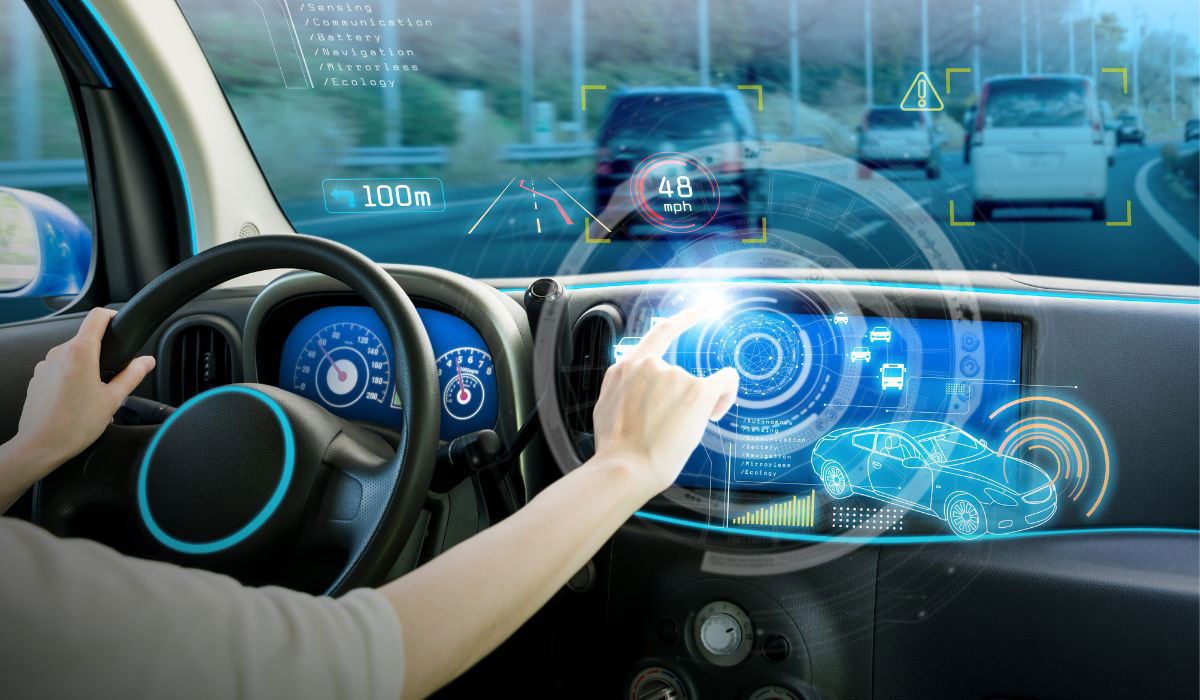The rise of electric vehicles (EVs) has brought with it a need for effective charging solutions. As the world shifts towards sustainable energy, the need for a robust Public EV Charging Network Review has become crucial. Understanding how these networks operate and their future directions is central to the successful integration of EVs into daily life.
The aim of this article is to provide an extensive review of current public EV charging networks, addressing their strengths and weaknesses while offering insights into future improvements. Whether you’re an EV owner, planner, investor, or policymaker, knowing how these networks will evolve is invaluable.

The Importance of a Public EV Charging Network
As more people make the shift from traditional fossil fuel vehicles to EVs, the demand for an extensive and reliable public charging network becomes ever more pressing. Successful networks ensure EV owners can easily locate and use charging stations that meet their needs.
Availability and Accessibility
One of the major concerns in the public EV charging network review is the availability and accessibility of charging stations. Currently, the infrastructure does not yet cover all areas evenly, creating ‘charging deserts’ where EVs are challenging to charge.
Network Reliability
Beyond availability, the reliability of charging stations is another factor drivers consider. Malfunctioning stations can lead to inconvenience and range anxiety.
Different Types of Charging Stations
Public charging networks comprise varied types of stations, each serving different purposes. Understanding the kinds of stations out there helps clarify user needs and expectations.
Level 1 and Level 2 Chargers
Level 1 chargers offer the slowest charge, suitable for overnight use. Level 2 chargers are more common in public spaces and can fully charge most EVs within a few hours.
For a more detailed understanding, check our insights on Charging an EV in Winter.
Fast Chargers
Fast chargers, or DC Fast Chargers, provide much quicker charging times, making them ideal for road trips and quick top-ups during short stops.
Upcoming Ultra-Fast Chargers
New developments in charging technology are paving the way for ultra-fast charging stations, offering drivers even quicker charging solutions.
Challenges Facing Public EV Charging Networks
Despite the steady growth of the charging infrastructure, numerous challenges remain to be tackled to make the network more efficient and reliable.
Integration with Renewable Energy
Aligning charging stations with renewable energy sources is both a challenge and an opportunity. It aids in maximizing environmental benefits and reducing grid stress.
Equitable Distribution
Ensuring that charging stations are equitably distributed in both urban and rural areas is essential to avoid creating accessibility gaps.
Standardization and Compatibility
The lack of standardized plugs and payment systems across different networks can create barriers for EV owners wishing to use public charging facilities.
Future Outlook of Public EV Charging Networks
The future looks promising for public EV charging networks, with technological advancements and governmental support driving progress.
Technological Innovations
Advancements in battery and charging technology will significantly impact public charging infrastructure. Explore further advancements on the Latest EV Battery Technology.
Government Initiatives
Governments worldwide are supporting the development of public charging infrastructures by providing incentives and introducing supportive policies. More details can be found on official government resources.
Private Sector Contributions
Companies within the private sector, such as ChargePoint and Tesla, are leading the way in installing advanced and efficient charging stations.
Conclusion
The journey towards a fully electrified transportation network is underway, bolstered by growing awareness and the expansion of charging infrastructures worldwide. Stakeholders at every level need insights from a thorough public EV charging network review to navigate the rapidly changing landscape effectively. Whether through technological advancements or partnerships, there is an optimistic future ahead for EV enthusiasts and the broader global community.

Frequently Asked Questions (FAQs)
1. What is the most common type of public EV charger?
Level 2 chargers are the most common in public areas, balancing performance and cost-efficiency.
2. How can I find a nearby charging station?
Most EV manufacturers offer navigation options within their vehicles. Also, third-party apps like PlugShare help locate the nearest stations.
3. Are public EV charging networks expensive to use?
While some stations offer free charging, the majority have competitive pricing dependent on speed, usage, and locality.





